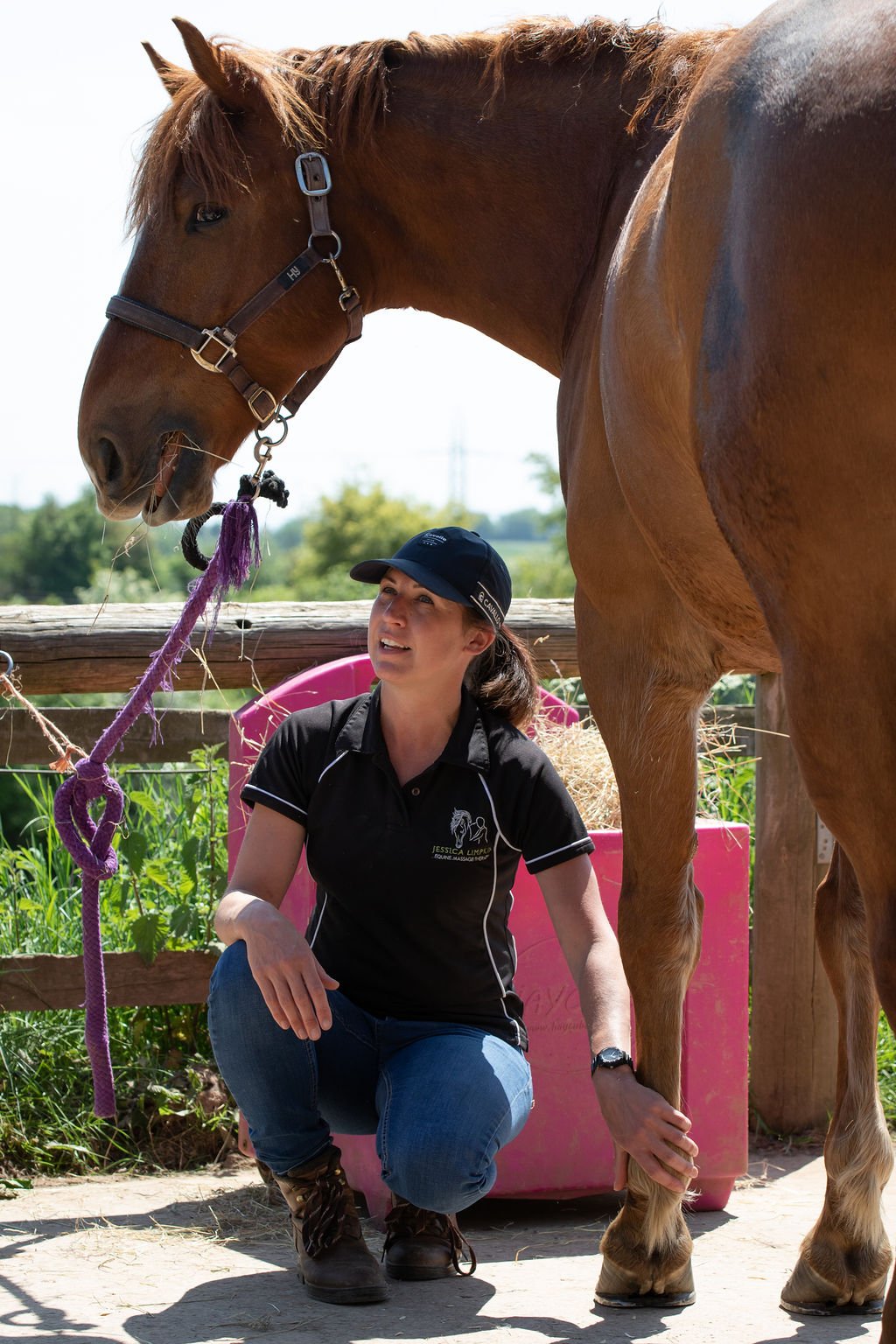Introduction to Equine Manual Lymphatic Drainage Therapy
Lymphatic issues are very common in horses, we often see complaints such as:
Cutaneous Lymphangitis (both infectious & non infectious) - which is essentially lymph fluid leaking out through the skin
Chronic Progressive Lymphedema (also known as CPL)
Lymphadenopathy (enlarged swelling)
Lymphoma (particularly in grey horses)
Bacterial infections (such as Strangles, Staphylococcus, Strep, Cellulitis)
Viral Infections (such as Equine Flu)
Lymphatic Pooling (where the Lymph fluid settles in certain areas of the body) can also be caused by:
Mites
Bites
Aged & Degenerative conditions
Trauma & Injury
Emotional Trauma
Stable dwelling & confinement
Allergies
Common areas in the horse’s body for Lymph pooling include:
The Parotid Glands (commonly known as the grass glands) - these are on the jaw line just below the ear
The inside of the Mandible (jaw line)
The chin
Along the Sternum of the horse, between the front legs and under the abdominals - often known as a Ventral Edema
The Sheath area in stallions/geldings
The lower limb - more often seen in the hind limbs
Equine Manual Lymphatic Drainage Therapy works to restore the flow of Lymph Fluid throughout the body and assist the body in elimination of waste products that have built up in the body’s Interstitial Fluid and/or begun pooling in the Lymph Nodes.
Application
This is a very gentle technique following a very specific routine through the horse’s body. Using hands on touch as well as circular motions and stroking techniques.
Jess will work from head to toe on the horse, the technique is very slow and the session will take at least 1 hour.
Most horses react very well to this therapy, thoroughly relaxing throughout.
Following the routine your horse will be mobilised throughout their body and limbs to continue stimulation and activation of Lymphatic system.
You will then be required to take your horse for a brisk 10 minute walk to complete the process.
Benefits
Benefits of Equine Manual Lymphatic Drainage Therapy include:
Reduction of swelling due to Lymph pooling
Rehydrating the Lymphatic Fluid, helping to restore normal flow and function
Assisting the body in elimination of waste products and/or toxins
Aiding Cellular communication
Aiding hormone synthesis
Transporting antibodies - aiding the body’s defence/immune system
Aiding metabolism - assisting with metabolic disorders such as EMS & Laminitis
Improved energy due to an increase in cellular oxygenation and nourishment
Pain relief and/or improvement of overall comfort levels





